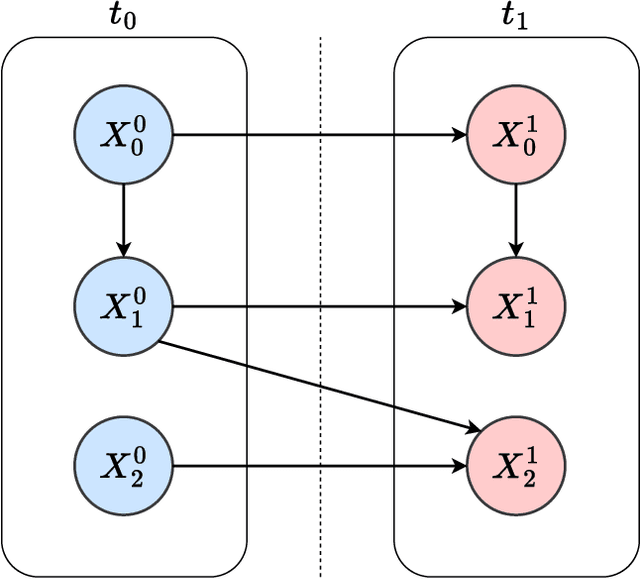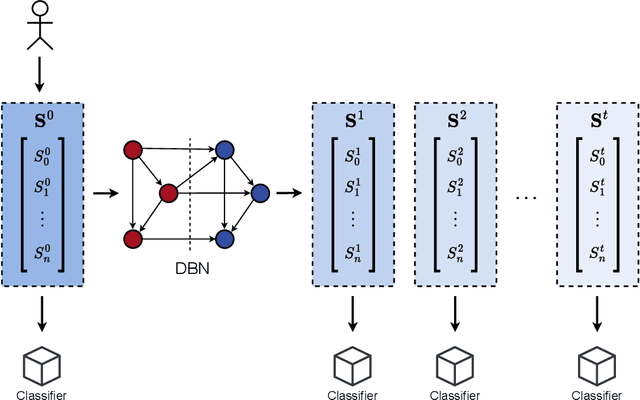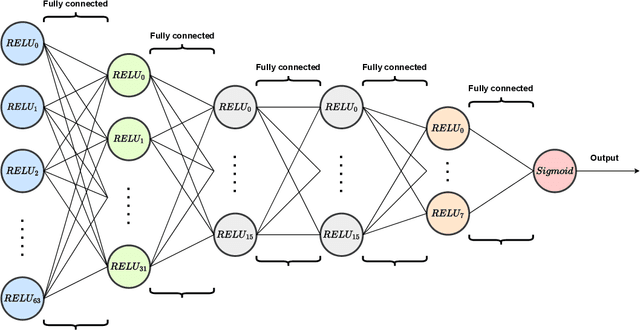Classifying the evolution of COVID-19 severity on patients with combined dynamic Bayesian networks and neural networks
Paper and Code
Mar 10, 2023



When we face patients arriving to a hospital suffering from the effects of some illness, one of the main problems we can encounter is evaluating whether or not said patients are going to require intensive care in the near future. This intensive care requires allotting valuable and scarce resources, and knowing beforehand the severity of a patients illness can improve both its treatment and the organization of resources. We illustrate this issue in a dataset consistent of Spanish COVID-19 patients from the sixth epidemic wave where we label patients as critical when they either had to enter the intensive care unit or passed away. We then combine the use of dynamic Bayesian networks, to forecast the vital signs and the blood analysis results of patients over the next 40 hours, and neural networks, to evaluate the severity of a patients disease in that interval of time. Our empirical results show that the transposition of the current state of a patient to future values with the DBN for its subsequent use in classification obtains better the accuracy and g-mean score than a direct application with a classifier.
 Add to Chrome
Add to Chrome Add to Firefox
Add to Firefox Add to Edge
Add to Edge